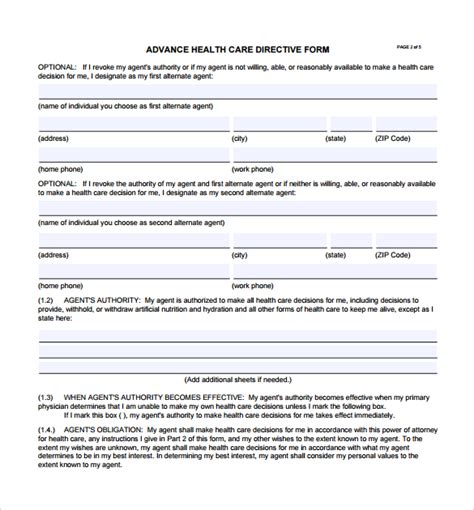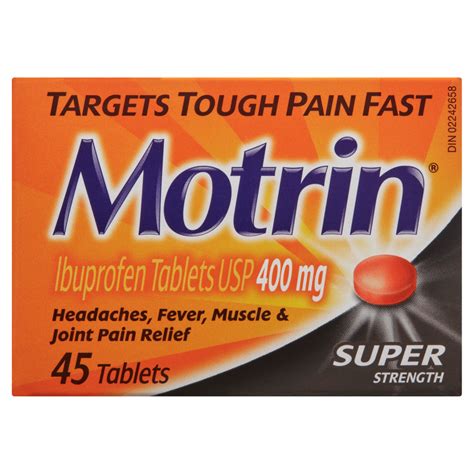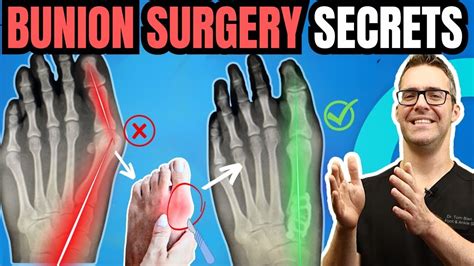Making informed decisions about one’s health care is a fundamental right, and advance medical directives are a crucial aspect of ensuring that your wishes are respected, even when you cannot communicate them yourself. An advance medical directive, often referred to as a living will, is a document that outlines your preferences for medical treatment in the event that you become unable to make decisions for yourself. This document is an essential component of any comprehensive estate plan, providing a clear guide for your loved ones and healthcare providers on the type of care you want to receive.
Introduction to Advance Medical Directives
Advance medical directives are designed to ensure that your autonomy and dignity are preserved, even in situations where you are incapacitated. They allow you to specify the medical treatments you are willing to accept and those you wish to refuse. This can include decisions about life-sustaining treatments, such as mechanical ventilation, dialysis, or cardiopulmonary resuscitation (CPR). By making these decisions in advance, you can alleviate the burden on your family members, who might otherwise be left to make difficult choices without clear guidance.
Components of an Advance Medical Directive
An advance medical directive typically includes several key components:
Living Will: This part of the document spells out the specific medical treatments you do or do not want to receive if you become incapacitated. It can cover a wide range of medical interventions, from palliative care to organ donation.
Durable Power of Attorney for Health Care (DPOA-HC): Also known as a health care proxy, this component allows you to appoint a trusted individual (your agent) to make medical decisions on your behalf if you are unable to communicate. Your agent should be someone who understands your values and preferences and is capable of advocating for you effectively.
Do Not Resuscitate (DNR) Order: A DNR is a medical order that instructs healthcare providers not to perform CPR if your heart stops or if you stop breathing. This is typically included in the advance directive but can also be a separate document.
Creating an Advance Medical Directive
Creating an advance medical directive involves several steps:
Reflection and Decision-Making: Start by thinking about your values, beliefs, and what quality of life means to you. Consider discussing your feelings with your family, friends, and healthcare provider to ensure everyone understands your wishes.
Choosing an Agent: Select a person you trust to act as your agent. This person should be willing and able to carry out your wishes as outlined in your living will.
Completing the Forms: Obtain the necessary forms for your state, as the requirements can vary. Many states provide standardized forms that you can download and complete. You may also choose to work with an attorney to ensure your document is legally binding and reflective of your desires.
Signing and Witnessing: Once you have completed the forms, they must be signed and witnessed according to your state’s laws. Some states require notarization.
Distribution and Review: Provide copies of your advance medical directive to your agent, healthcare providers, and any relevant family members. It’s also a good idea to review and update your directive periodically or when your health status changes.
Importance of Advance Medical Directives
Advance medical directives are vital for several reasons:
- Autonomy: They ensure that your wishes regarding medical treatment are respected, even if you are unable to communicate.
- Clarity: They provide clear guidance for your loved ones and healthcare providers, reducing the likelihood of conflict or uncertainty.
- Peace of Mind: Knowing that your wishes are documented and will be followed can offer peace of mind for both you and your family.
Challenges and Considerations
While advance medical directives are powerful tools for ensuring your autonomy, there are challenges and considerations to be aware of:
- State Variations: Laws regarding advance medical directives vary by state, so it’s essential to understand the specific requirements in your area.
- Evolution of Wishes: Your preferences regarding medical treatment may change over time. Regularly reviewing and updating your advance directive can help ensure it remains reflective of your current wishes.
- Communication: It’s crucial to discuss your advance directive with your agent, family, and healthcare providers to ensure everyone understands your wishes and is prepared to honor them.
Conclusion
Advance medical directives are a fundamental aspect of advance care planning, allowing individuals to maintain control over their medical care even when they cannot make decisions for themselves. By understanding the components, creation process, and importance of these documents, individuals can ensure their autonomy and dignity are preserved in their most vulnerable moments. Approach the creation of an advance medical directive with careful consideration and open communication to ensure your wishes are clearly understood and respected.
What is the primary purpose of an advance medical directive?
+The primary purpose of an advance medical directive is to ensure that your wishes regarding medical treatment are respected and followed if you become unable to make decisions for yourself.
What are the key components of an advance medical directive?
+The key components typically include a living will, a durable power of attorney for health care, and sometimes a do not resuscitate (DNR) order.
How do I create an advance medical directive?
+To create an advance medical directive, you should reflect on your values and preferences, choose an agent, complete the necessary forms, have them signed and witnessed according to your state's laws, and then distribute them to relevant parties.
Why is it important to discuss my advance medical directive with my family and healthcare providers?
+Discussing your advance medical directive with your family and healthcare providers ensures that everyone understands your wishes and is prepared to honor them, reducing the likelihood of confusion or conflict.
Do I need to update my advance medical directive?
+Yes, it's a good idea to review and update your advance medical directive periodically or when your health status changes to ensure it remains reflective of your current wishes and preferences.
In conclusion, advance medical directives are powerful tools that allow individuals to maintain control over their medical care. By understanding the importance and process of creating these documents, individuals can ensure their autonomy and dignity are preserved. Remember, advance medical directives are not just legal documents but personal statements of your wishes and values regarding your healthcare. Approach their creation with thoughtfulness and communicate openly with your loved ones and healthcare providers to ensure your wishes are respected.
Related Terms:
- Printable advance medical directive form
- Advance medical directive form pdf
- Advance directive form Illinois
- Blank advance directive form
- Advance directive examples
- Free advance directive form PA



